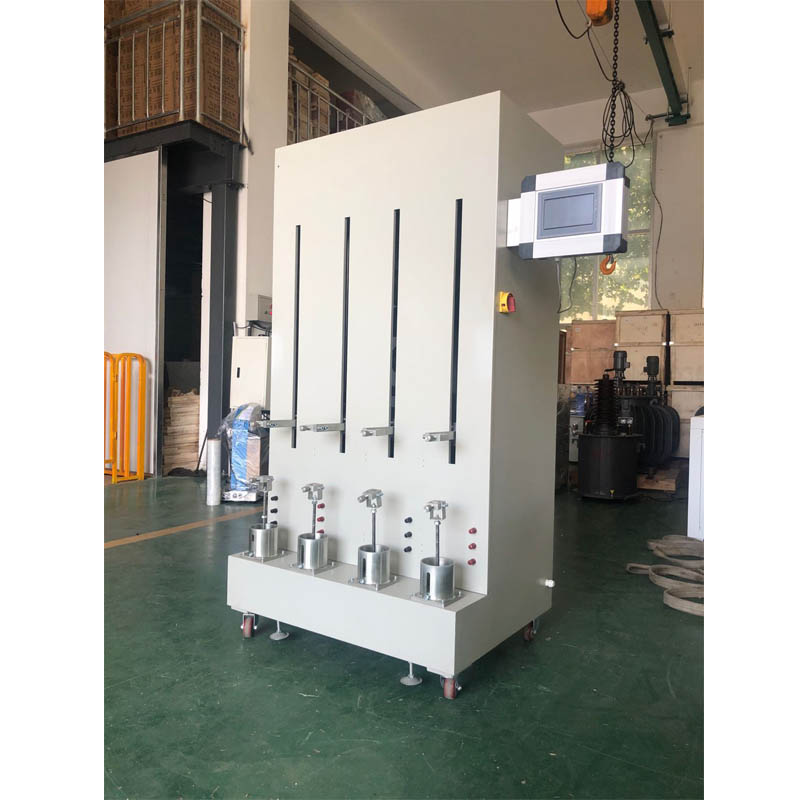high insulation resistance test
High Insulation Resistance Testing Ensuring Safety and Reliability in Electrical Systems
Insulation resistance testing is a critical procedure in the maintenance and safety assessment of electrical systems. This process is designed to measure the resistance between live electrical components and the ground or other conductors, thereby ensuring that insulation material is functioning effectively. High insulation resistance indicates that the insulation is in good condition, preventing potential electrical hazards such as shorts, earth faults, and equipment failure.
Importance of High Insulation Resistance
In a world increasingly reliant on electrical systems, maintaining equipment integrity is paramount. High insulation resistance means that there is minimal leakage current, which reduces the risk of shock hazards for personnel and minimizes equipment damage. In industrial settings, where machines operate under varying environmental conditions, insulation can deteriorate due to factors such as moisture, contaminants, and temperature fluctuations. Thus, regular insulation resistance testing is necessary to ensure ongoing safety and performance.
The Testing Process
Insulation resistance testing typically involves the use of a megohmmeter, a specialized instrument designed to apply a high voltage across the insulation and measure the resistance in ohms. The testing procedure generally follows these steps
1. Preparation Before performing the test, ensure that the equipment is de-energized, and all capacitive components are discharged to avoid misleading readings. Disconnect the equipment from any circuits to prevent interference during testing.
high insulation resistance test

3. Setting the Voltage Select the appropriate test voltage, usually ranging from 250V to 1000V, based on the insulation rating of the equipment being tested. Higher voltages may provide a more accurate assessment of insulation quality.
4. Conducting the Test Engage the megohmmeter to apply the test voltage. The device will then measure the insulation resistance and display the results.
5. Interpreting Results A high insulation resistance reading (typically above 1 megohm) indicates good insulation, while low readings may signify deterioration or failure. It's essential to compare results against manufacturer specifications and industry standards to determine the condition of the insulation.
Standards and Recommendations
Various standards outline acceptable levels of insulation resistance, including those set by the International Electrotechnical Commission (IEC) and the Institute of Electrical and Electronics Engineers (IEEE). As a general rule of thumb, the acceptable insulation resistance should be at least 1 megohm per kilovolt of operating voltage, with higher values preferred for maximum safety.
For electrical installations, it is recommended that insulation resistance testing be performed at least annually. However, for critical systems or those subjected to harsh environmental conditions, more frequent testing may be warranted. Routine testing helps in identifying potential problems before they escalate into significant failures, enabling organizations to implement preventive maintenance strategies effectively.
Conclusion
High insulation resistance testing is an indispensable practice in safeguarding electrical systems against failures and hazards. By assessing the integrity of insulation, organizations can prevent costly downtime, ensure compliance with safety standards, and protect both personnel and equipment. Regular testing, coupled with proper maintenance, fosters a safer and more reliable electrical infrastructure. As technology evolves and the demand for electricity continues to grow, the significance of insulation resistance testing will only increase, paving the way for enhanced safety and efficiency in modern electrical systems.
-
reliable-performance-testing-with-advanced-aging-chamber-solutions
NewsAug.23,2025
-
advancing-precision-with-profile-projector-technology
NewsAug.23,2025
-
uv-led-ultraviolet-crosslinking-technology-innovation-and-prospects
NewsAug.23,2025
-
ensuring-safety-and-compliance
NewsAug.23,2025
-
electrical-properties-testing-in-modern-applications
NewsAug.23,2025
-
universal-tensile-testing-machine-applications-in-modern-electrical-and-material-testing
NewsAug.23,2025
 Copyright © 2025 Hebei Fangyuan Instrument & Equipment Co.,Ltd. All Rights Reserved. Sitemap | Privacy Policy
Copyright © 2025 Hebei Fangyuan Instrument & Equipment Co.,Ltd. All Rights Reserved. Sitemap | Privacy Policy

